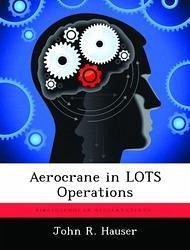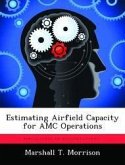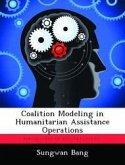The U.S. Army today is faced with a dilemma. This situation arises from the conflict of having to logistically support potential Army commitments worldwide with outdated techniques and equipment. Up to now, the Army has relied on Logistics Over the Shore (LOTS) operations to resupply forces already ashore in the absence of adequate fixed port facilities. However, the techniques and equipment designed for LOTS operations, until recently, have envisioned the World War II type of operation which transfers and distributes break bu1k cargo. The advent of containerization has led to the diminished use of break bulk cargo type of operations. Large scale use of containers has become standard operating procedure in the Army. As these changes have proceeded over the years, proposals have been made to meet these new requirements. One such proposal resulted in the testing of all currently available lighterage vehicles and the adoption of the Lighter Air Cushion Vehicle (LACV-30) to support containerized LOTS operations. Another more recent proposal has been the debut of the Aerocrane as a potential lighterage vehicle. This thesis investigated this relatively new development to determine the feasibility of using Aerocranes in LOTS operations and their advantage in comparison with current Army lighterage. The conclusion is that the Aerocrane is both more responsive and more cost effective and should be adopted to support containerized LOTS operations.
Hinweis: Dieser Artikel kann nur an eine deutsche Lieferadresse ausgeliefert werden.
Hinweis: Dieser Artikel kann nur an eine deutsche Lieferadresse ausgeliefert werden.








